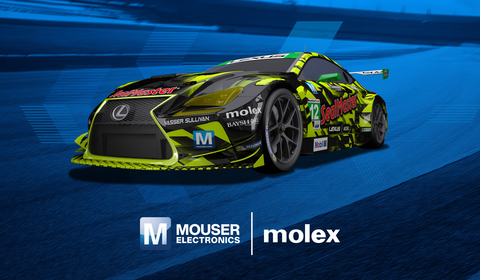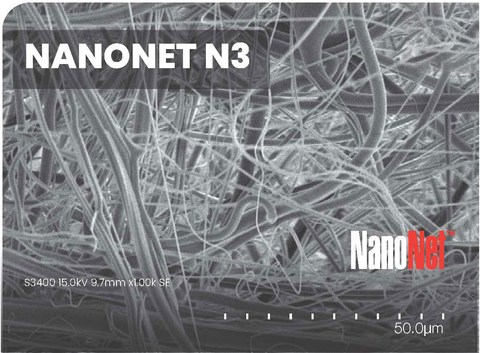
For GM Powertrain’s Fritz Indra, Bigger is Better
 |
| Fritz Indra says that bigger displacement engines will be needed to power today’s bigger, heavier vehicles. |
But doesn’t larger displacement equate to poorer fuel economy? “Fuel economy is not driven by the engine,” Indra explains, “it’s driven by the vehicle, primarily the mass, plus aerodynamics. Vehicles are becoming bigger and heavier. There are more and more air bags, the structure has to improve, things like pedestrian protection are coming in … these things continue to raise the mass of cars and trucks, not just at GM but for all car companies. And to accelerate more mass, you need more energy.
“There are other technologies to improve power, but it’s important to stay with very good low-end torque for acceleration and launch feel. The customer likes his torque, doesn’t want to give up performance, so increasing displacement is the best and cheapest way to do it.
“When you do that, you get higher torque, and then technologies such as DOD [Displacement on Demand, GM’s cylinder deactivation], make more sense, because you can expand the range where the engine is running on DOD. If you have too small an engine in a heavy vehicle, DOD makes no sense because you’re always running at a relatively high load, and the engine will not shift to DOD. You may only be able to run at 60 mph constant speed on DOD. But with increased displacement, you can run at 70 or 75 mph on DOD.”
How much can bore sizes be increased in an existing block? “Looking back over the years, it’s unbelievable what we have done with increasing displacement. Some years ago, the distance between the bores was 12 mm. Now it’s down to 10, 9, 8, and some have only 5 mm. Our Ecotech engine started as a 2.0L, is now 2.2 and may end up at 2.4. Our small-block V- 8 started as a 4.8L, then 5.3, 5.7 and 6.0, and it could go further, maybe to 6.3L in the future.”
Does this approach work as well for any engine? “Our strategy is very clear — we want to get the absolute maximum displacement out of every engine. When you squeeze out the displacement of an engine, it’s always the same size and bore spacing, and you are not raising the mass. And, together with the right engine technologies, you can more than compensate for the higher displacement because you can run it in part load in a much wider speed range.
“This is the number one thing we can do for all engines.”














More Stories
The Long-Term Value of Premium Quality Wheel Nuts
Top Ways Intelligent Vehicle Innovations are Transforming the Auto Industry
How to Choose the Right Dealership for Your Used Car?